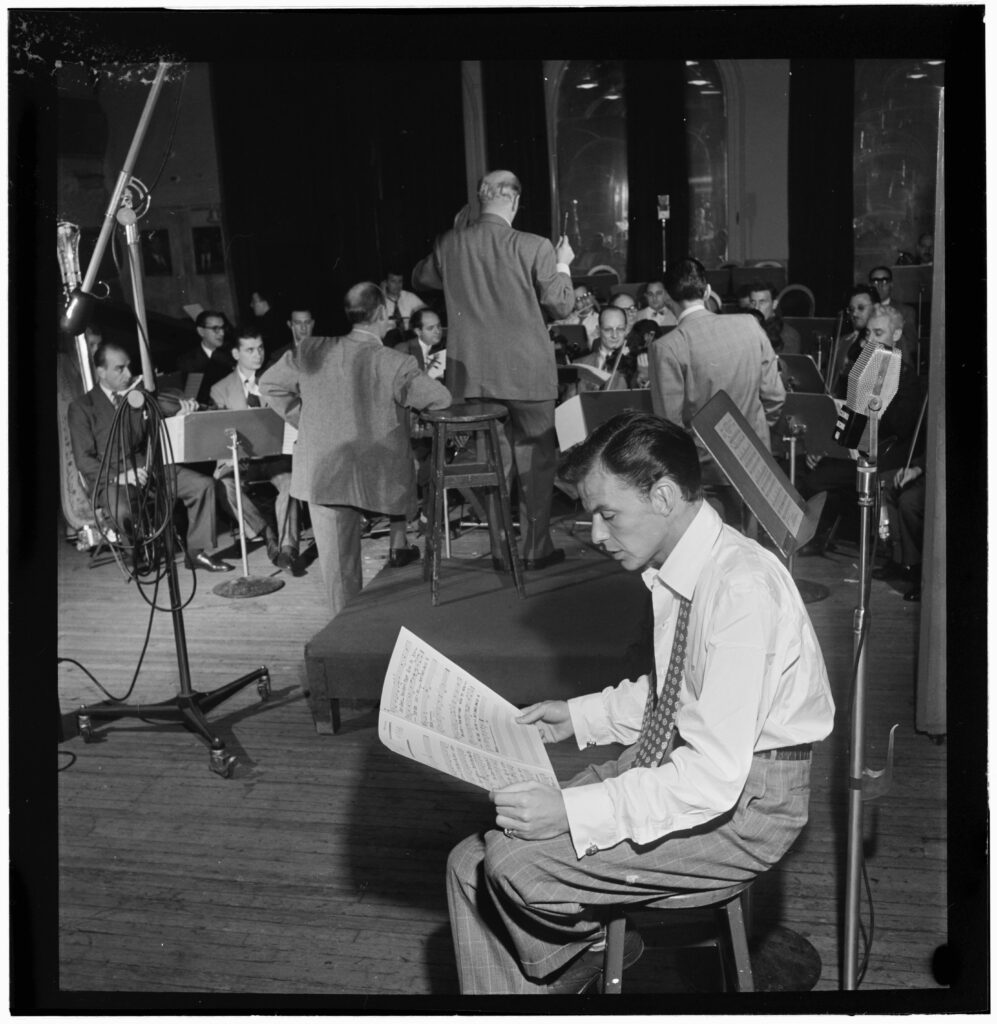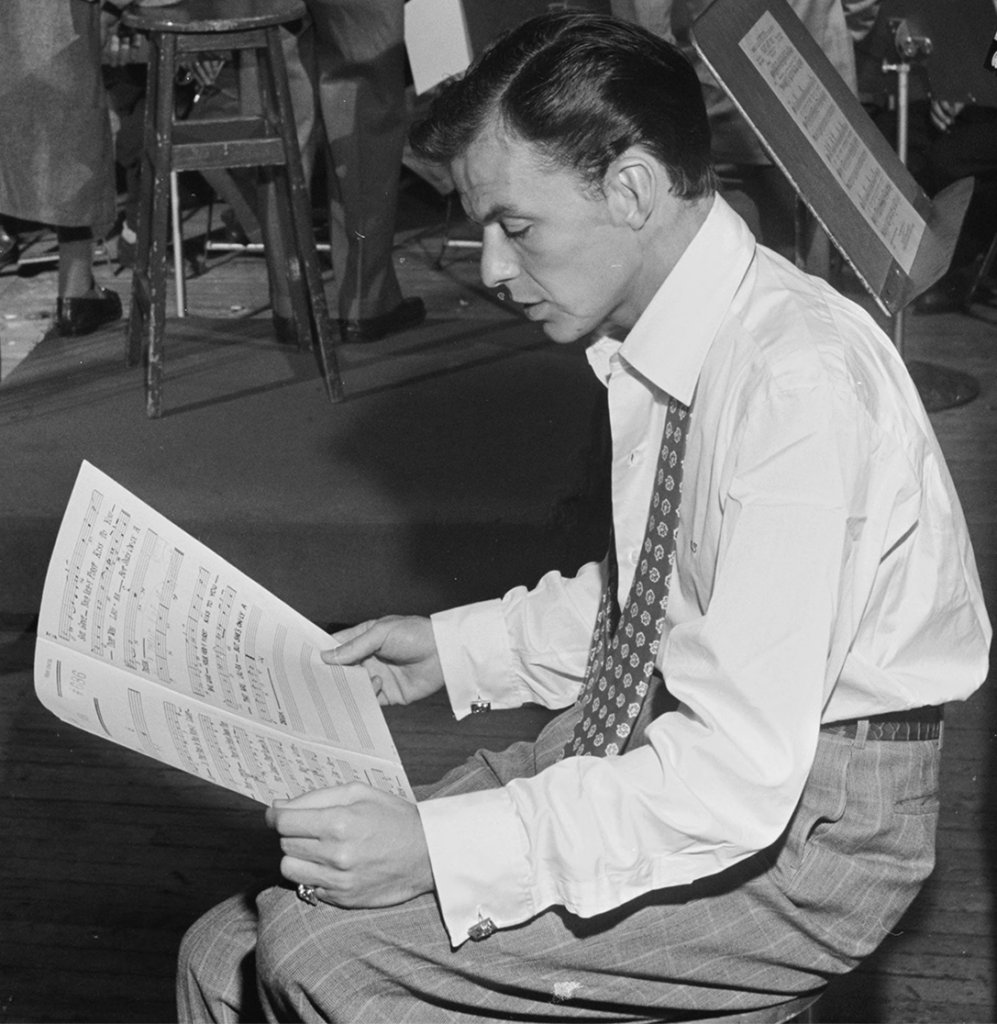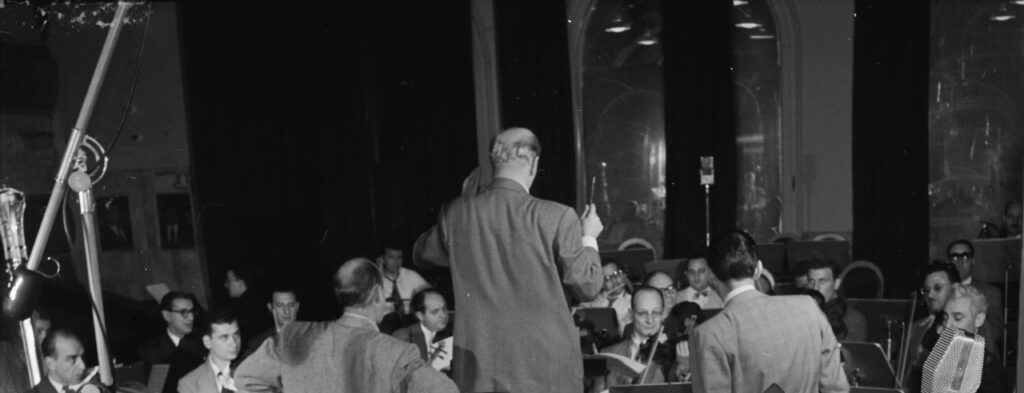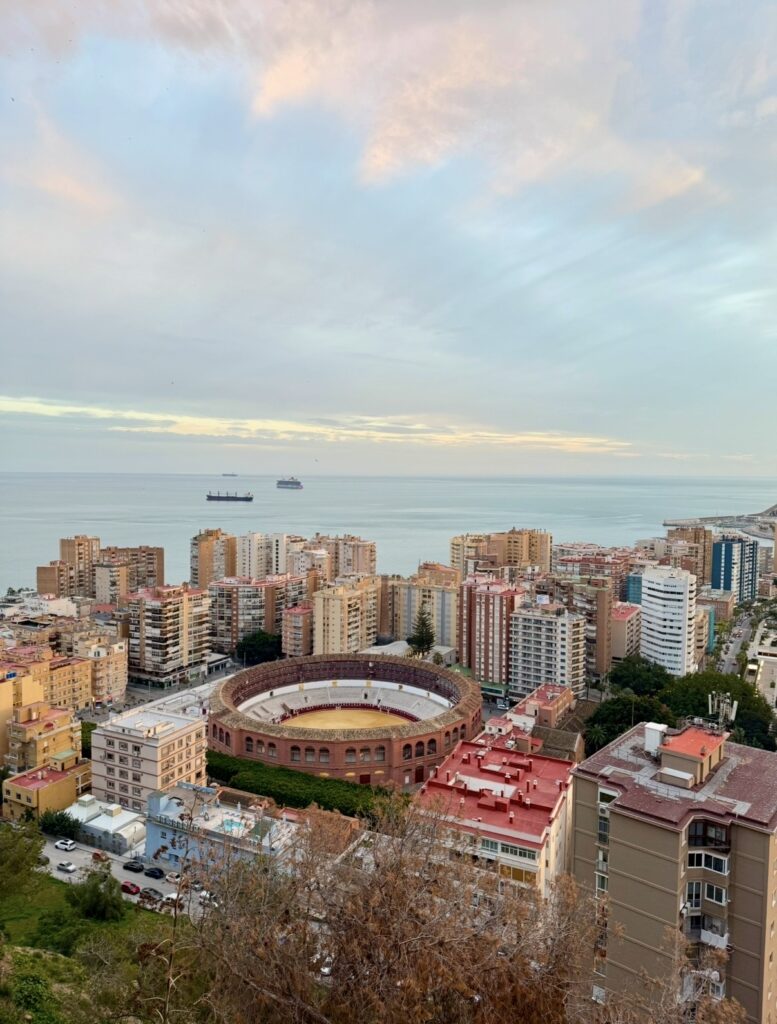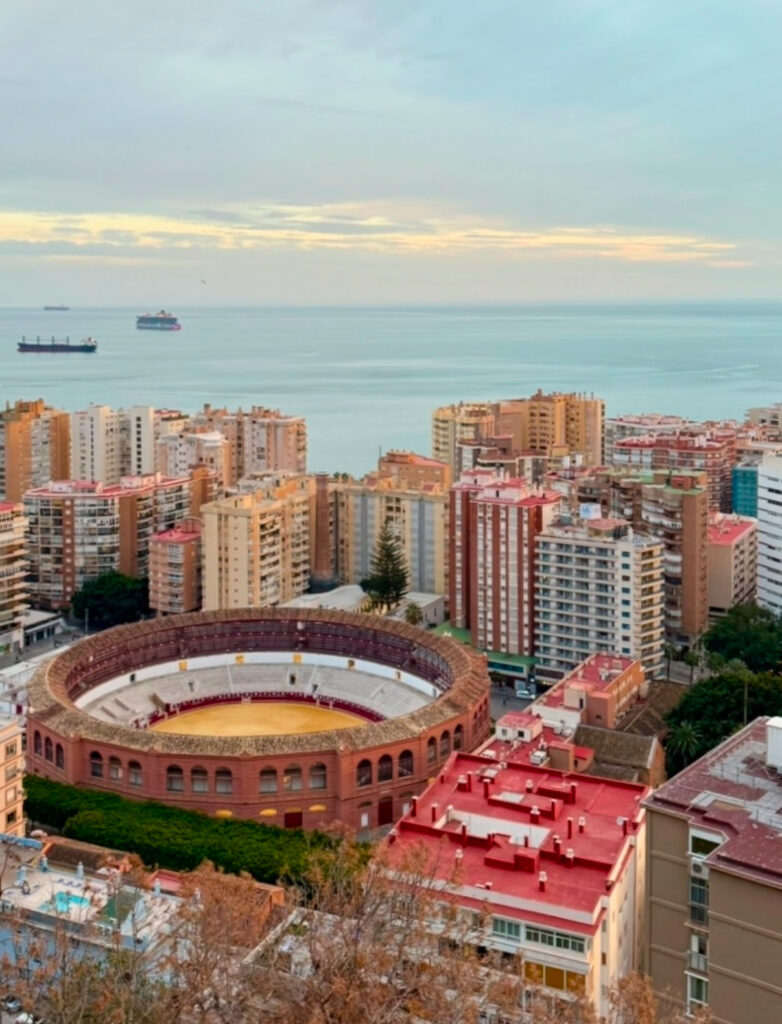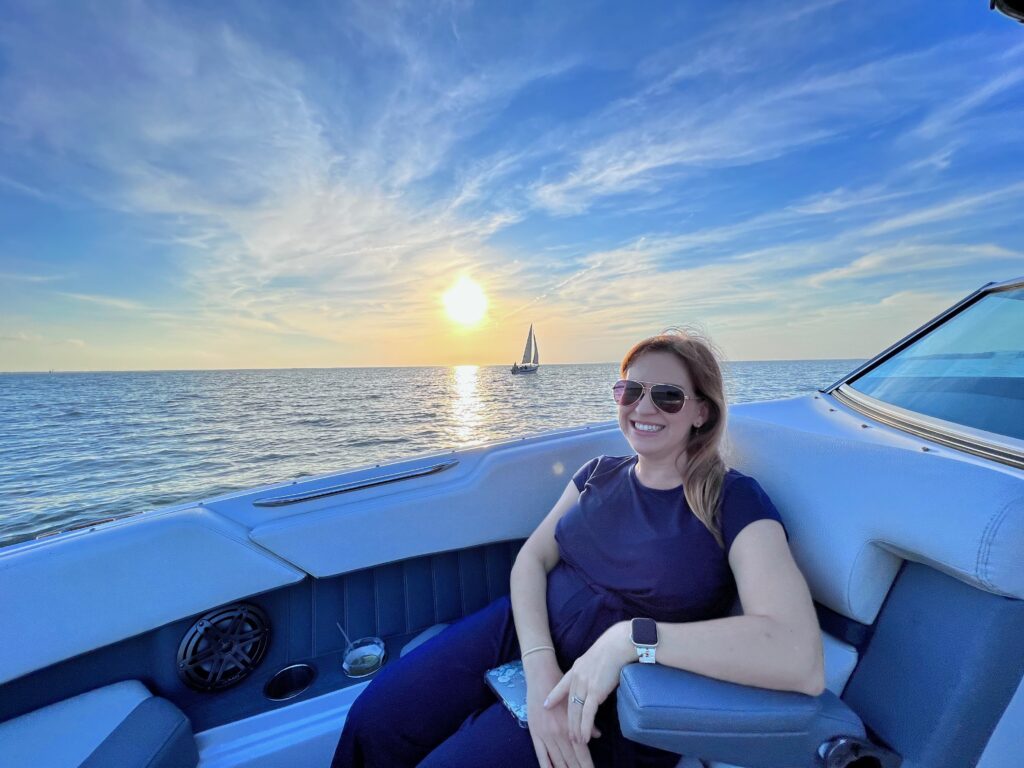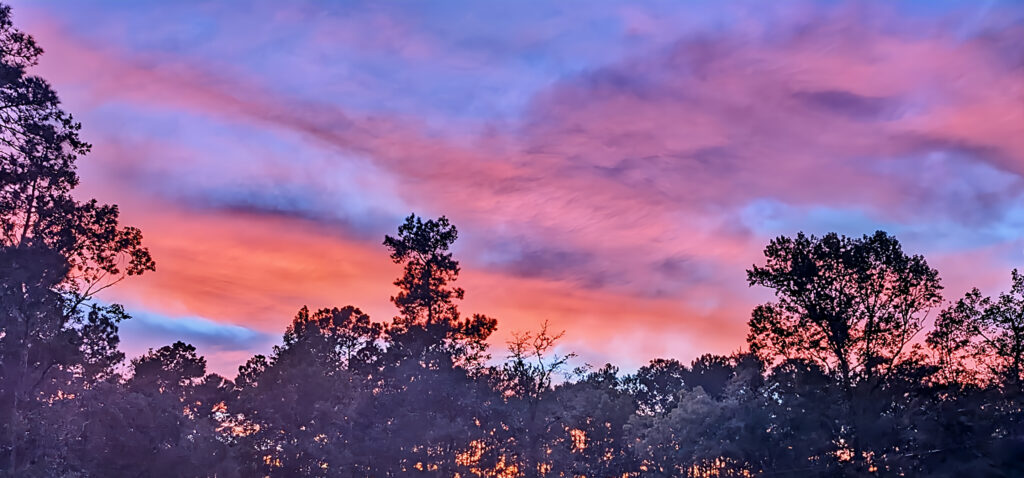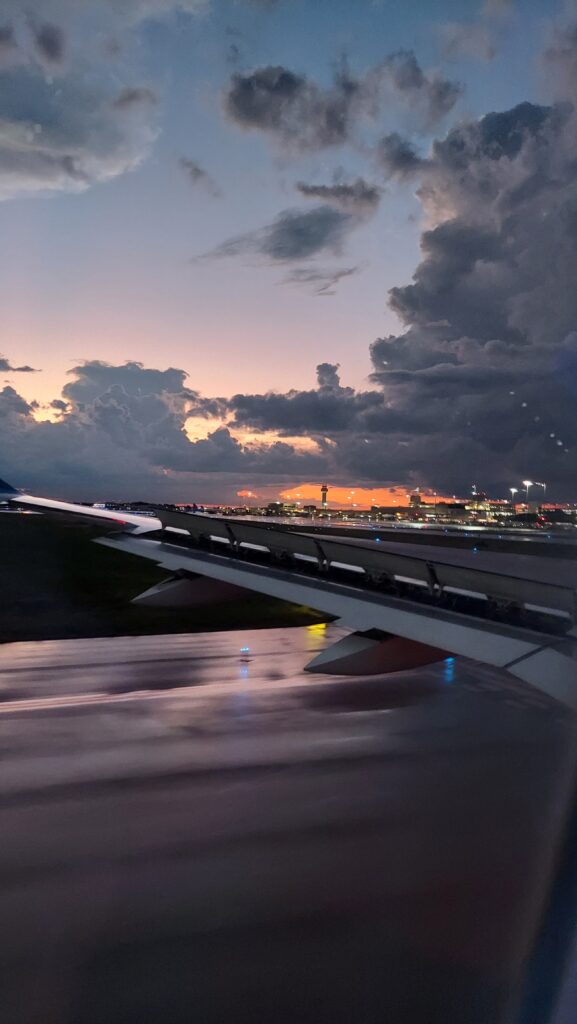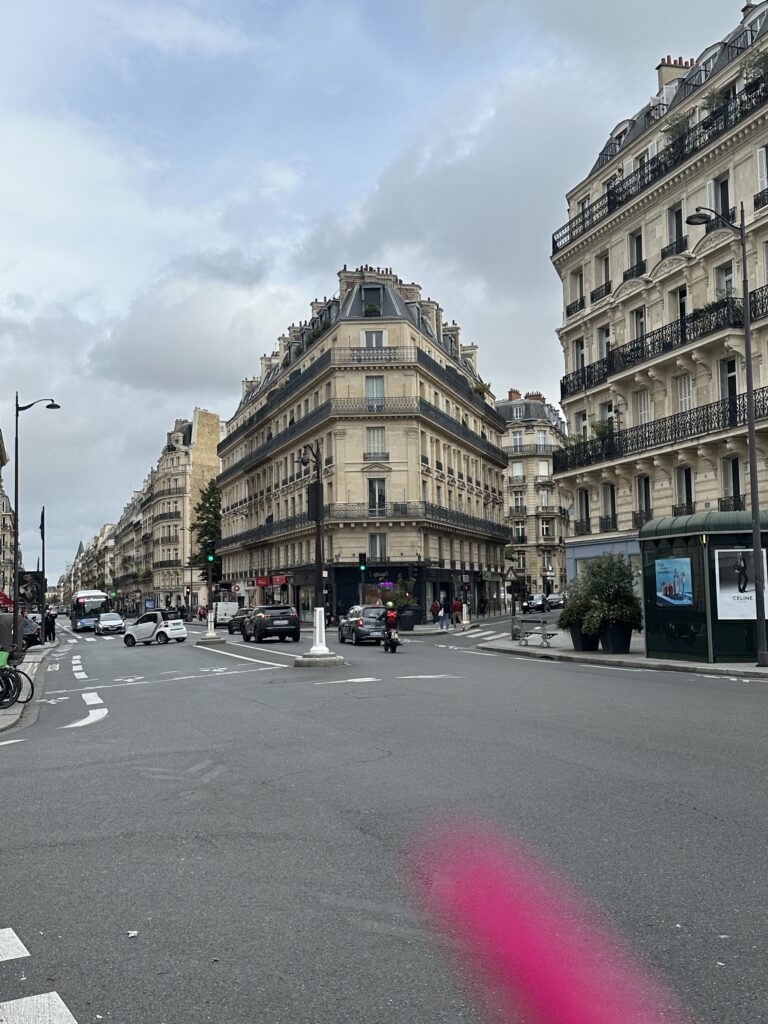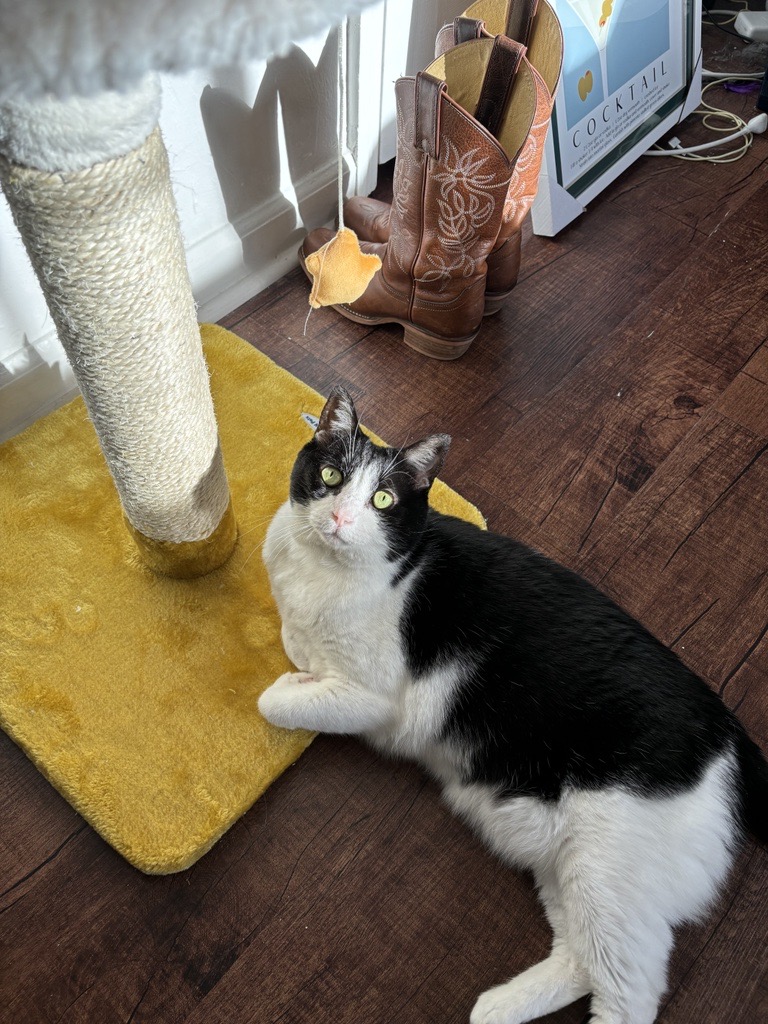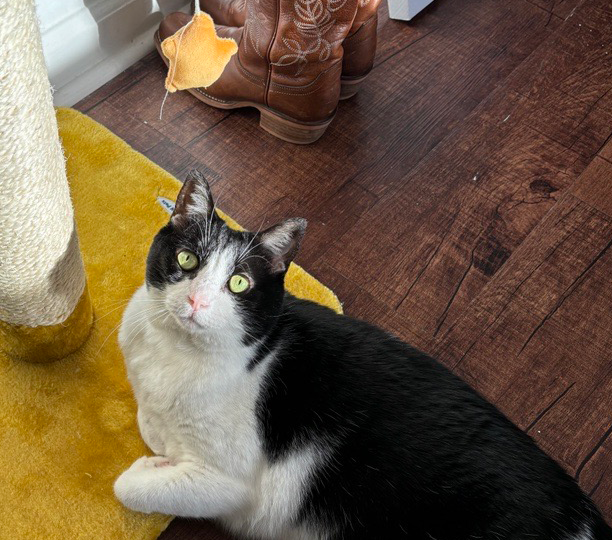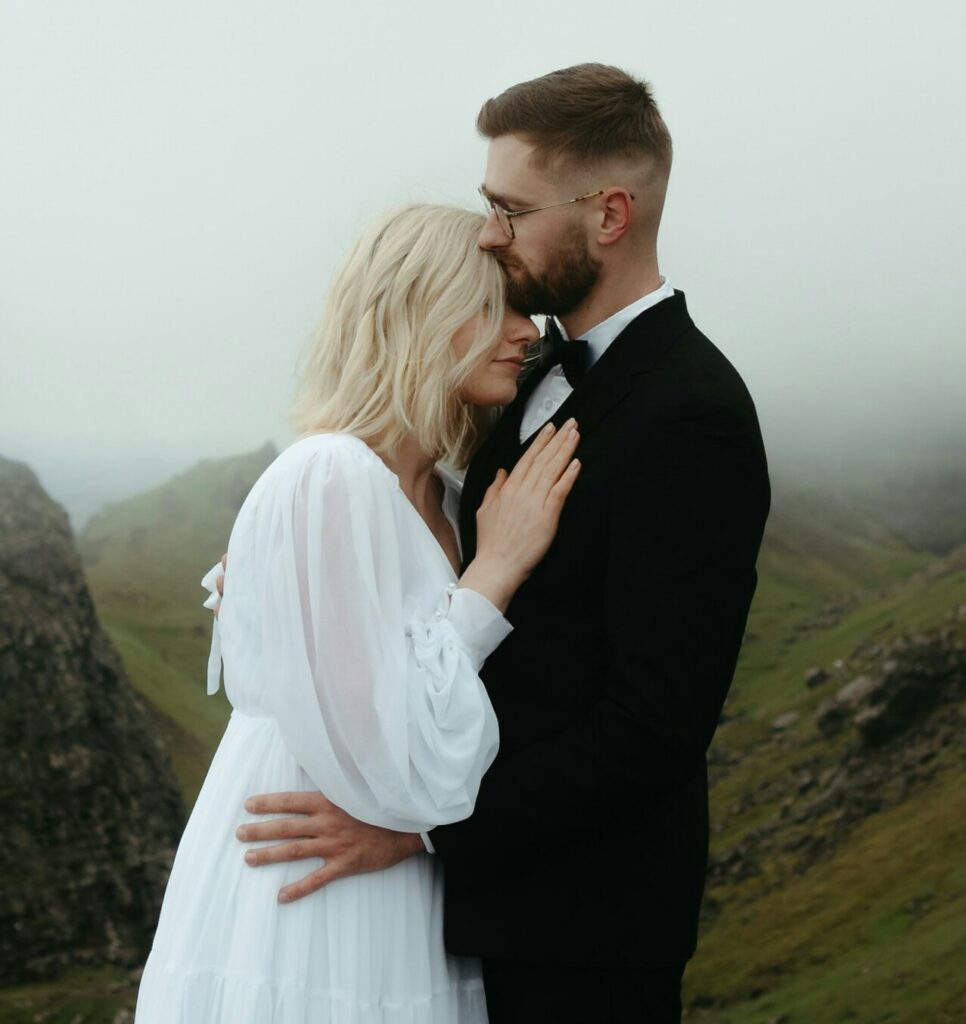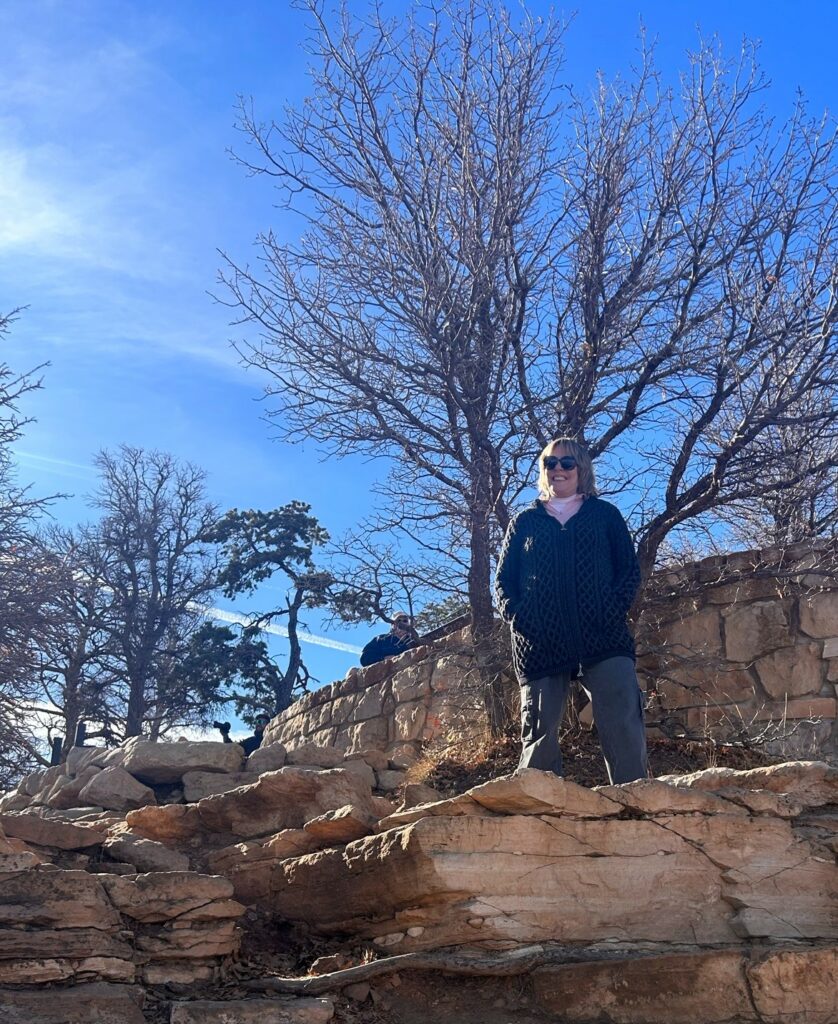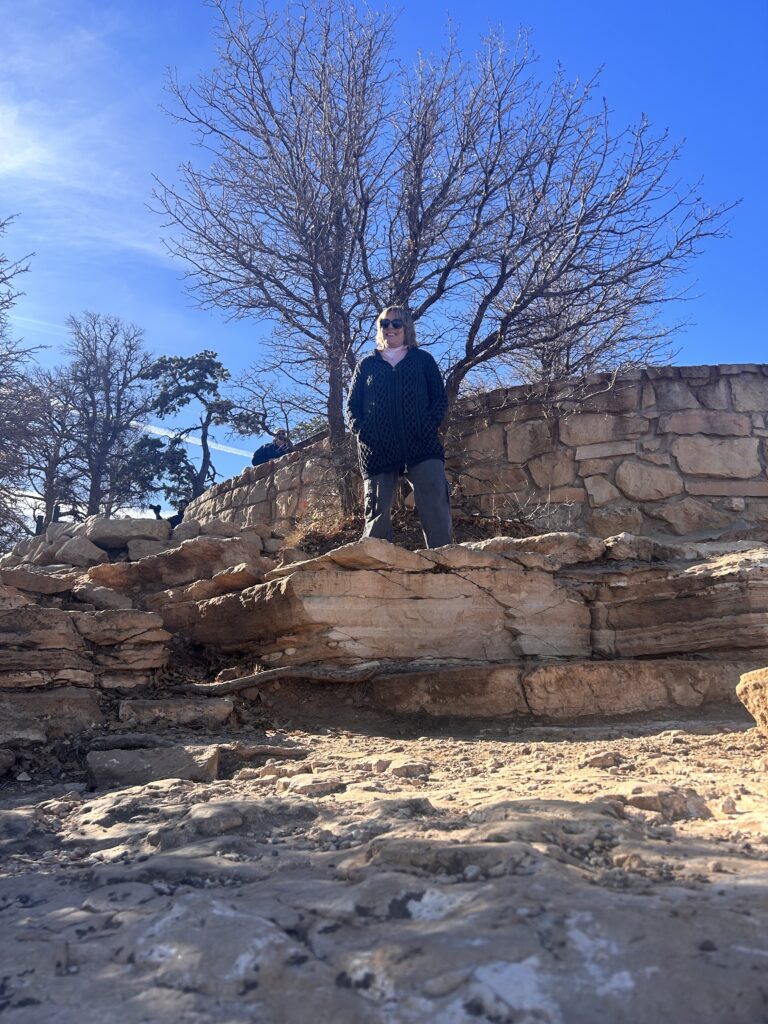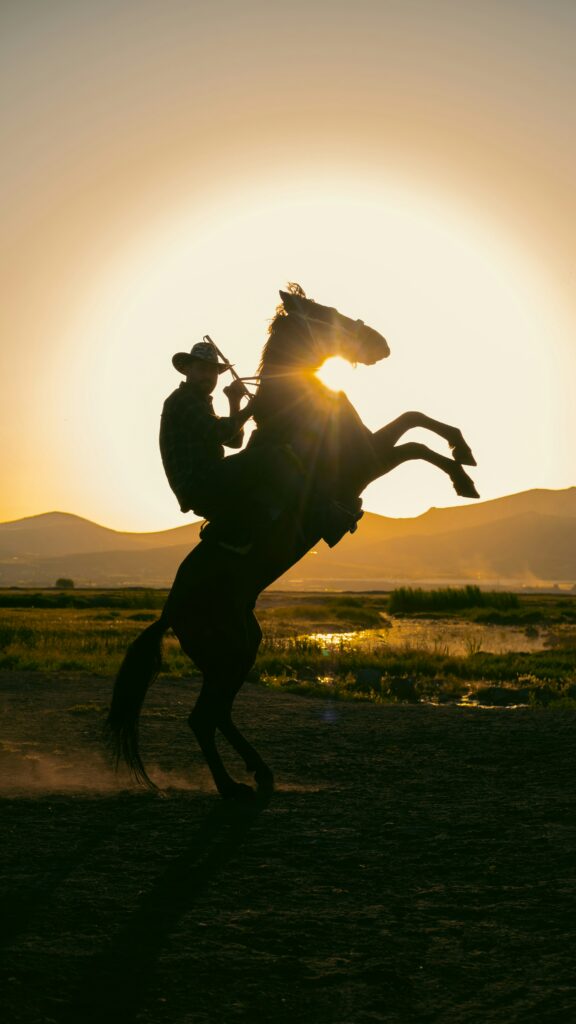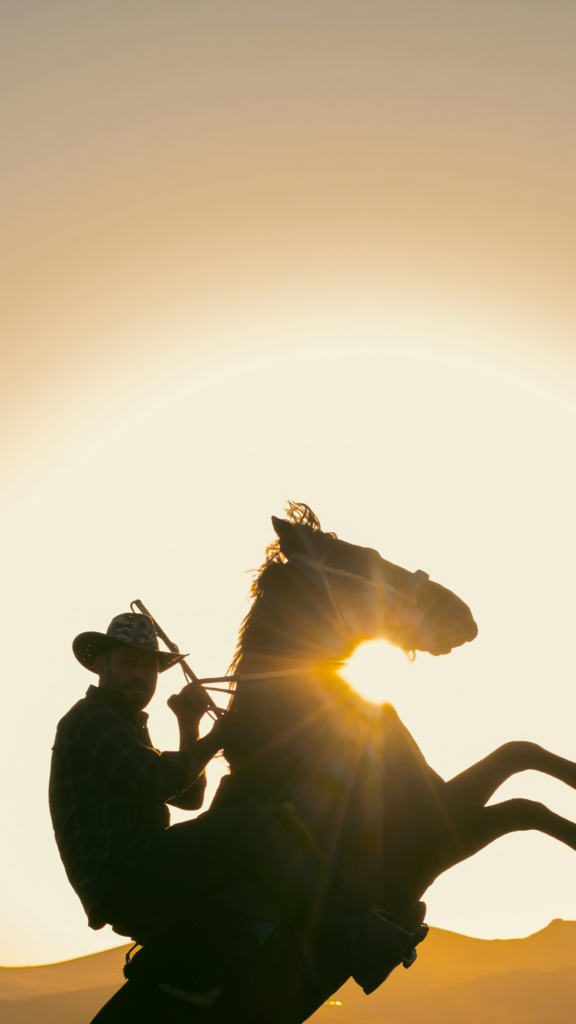Allow me to set the scene: imagine a windy day in October, cars are honking as they pass on narrow streets, between buildings whose age is reflected in their architectural design. As people walk by on the sidewalk they converse in in rapid French, and as you look around you see the juxtaposition of history and modernity in everything from the buildings, to the fashion, to the food!
This was what I saw and felt when I was fortunate enough to get to visit France with my partner’s family in October of 2023. As someone who’d never left the United States and had only recently started going on trips out of Florida, visiting France was an eye-opening experience. It certainly didn’t hurt that one of my favorite stories is The Phantom of the Opera!
Naturally, while I was there I tried to capture the moment in photos as much as possible; suffice to say that some were more successful than others.
Here is one such attempt. While you can see some of the unique architecture that so intrigued me, there is a lot going on in this particular photo.
For starters, my nail managed to sneak in at the bottom of the frame, causing some distraction. Beyond my nail-photo-bomb-faux-pas, this photo has a lot of empty space at the bottom where the road is. The traffic for the cars is going multiple ways, and despite how striking this building was to me, there’s too much motion around it to keep focus.
I would also say objects on the sides of the image, like that the street lights and the cut off bicycle change the ambiance of the photo, making it feel like I’ve cropped something out and that this was unintentional.
So, with a little cropping magic, I attempted to refocus the photo on the building that drew my eye initially.
In this crop I removed the most egregious error by cutting a lot of the empty space at the bottom. At first I tried to crop all the way up to the ground floor of the building, but that cut off the person on the moped, so I left them some space. Since this also zooms in the focus, you can see the green light, so it makes sense why there’s a little bit of empty space behind the cars that are driving forwards.
By also cropping the traffic going the opposite way it reduced some of the distraction of the photo, as both cars and people are walking around the building. To really draw focus to the building I tried to line up the center of the windows with the center-left side of the grid, so that it was de-centered.
I wanted to better capture the feel of the city as I remember it. By reducing a lot of the clutter around the photo it allowed me to focus on the smaller details, like the brown brick chimney on the building on the back right-hand side, or the people walking across the cross walk. Even the bright pink of the neon sign on the ground floor of the building peeking through the plant highlights the juxtaposition of past and present that was everywhere in Paris.
After this assignment I’ve certainly learned to appreciate the power of a good crop!
